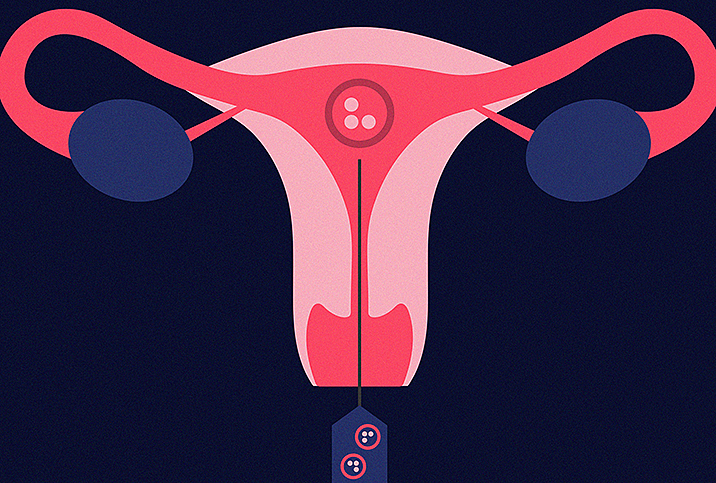Infertile? Here Are Your Next Steps

For some people, the road to parenthood is much more difficult than they ever expected.
After all, they used to try so hard to prevent a pregnancy that actually getting pregnant should be easy. Right? That’s not quite the case. Each person experiences fertility differently, and because of that, it may be difficult to predict what comes next.
Typically, once you’ve consulted with a medical professional, you will follow a series of steps that will increase the chances for successful conception, trying the simplest and most cost-effective options first.
For most couples in which the woman is younger than age 35, infertility is defined as a failure to conceive after 12 months of frequent sex without using contraception. If you’ve been diagnosed as infertile, consider the importance of lifestyle modifications, including smoking cessation, reducing excessive caffeine and alcohol consumption, and timing intercourse appropriately (one to two days before expected ovulation).
Beyond those lifestyle changes, you have several other options, four of which are discussed below.
Fertility medication
For many couples, the first step toward conquering fertility issues is taking fertility drugs prescribed by a reproductive endocrinologist.
In this initial step, the doctor will attempt to solve the underlying issue of one or both partners’ infertility by prescribing medication. The medication chosen will depend on personal consultations with the patients, but in general, it could stimulate ovulation, increase sperm production or thicken the uterine lining.
For some couples, the medication will be all they need to conceive, and the infertility timeline can stop here.
Assisted reproductive technology
Should the fertility medication fail, the next step for many couples is assisted reproductive technology (ART). The most commonly used ART is in vitro fertilization (IVF). IVF includes taking a mature egg from the mother-to-be and fertilizing it with sperm in a lab to create an embryo, which, once viable, is implanted back into the woman’s uterus.
If a couple’s infertility stems from the male’s sperm, a doctor will likely suggest an intracytoplasmic sperm injection (ICSI). In this process, a single sperm cell is inserted into a retrieved egg. Other possible procedures might include intrauterine insemination (IUI), assisted hatching or zygote intrafallopian transfer(ZIFT), among others.
Donation & surrogacy
If pregnancy does not result from ART or fertility medication, another option is using someone else’s reproductive materials through either sperm or egg donation.
In these cases, one of the partners, but not both, will be able to have a genetic connection to the child. This is often a great option for same-sex couples and single parents.
Surrogacy, which involves gamete donation, is another possibility. In this process, the surrogate, or woman carrying the baby to full term, is not biologically related to the child. Instead, the fertilized egg with the genetic information from the prospective parents is implanted in the surrogate. This way, the child is carried and delivered by another woman, but the baby is tied biologically to the couple.
Adoption
For some people, it might just be easier to forgo medical procedures altogether and choose to adopt a child. This may be a solution for people who want to be parents but are not set on being biologically related to their child. While adoption can be a lengthy process, it can be an excellent way to create a family.
Battling infertility can be a long and scary process, but it doesn’t mean parenthood is impossible. There are many ways to create a family, and whatever route you choose to take, experienced medical professionals are ready to help.


















